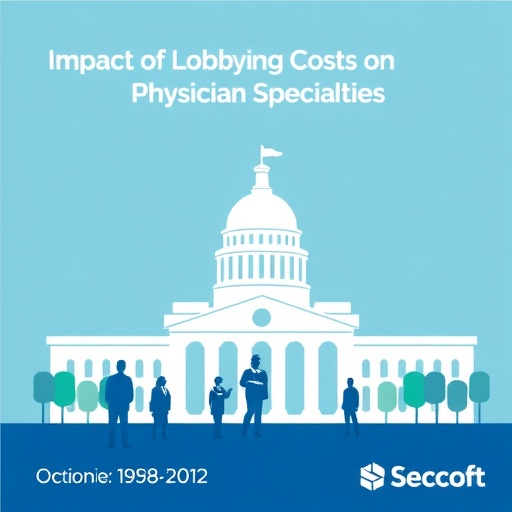UC researchers find ways to predict treatment outcomes for adolescent anxiety using brain imaging

Credit: Colleen Kelley/University of Cincinnati
As with any complex machine, sometimes a simple crossed wire or short circuit can cause problems with how it functions. The same goes for our brains, and even when the short circuit is uncovered, sometimes experts don’t have a quick fix.
A new study reveals that an evidence-based treatment may “fix” this human short circuit and, with the help of brain imaging, might predict treatment outcomes for adolescents with anxiety disorders. University of Cincinnati researchers say this could determine medication effectiveness more quickly to help patients.
Study results showed that brain imaging was able to predict — after just two weeks of treatment with almost 80% accuracy — how much a patient would improve.
“We also see [through imaging] that the medication in this study increases the strength of the connection between a brain area that generates anxiety and an area that serves as a ‘brain brake’ for the fear center,” says Jeffrey Strawn, MD, associate professor and anxiety expert in the Department of Psychiatry and Behavioral Neuroscience at UC, who is the senior author on this study. “In essence, the medication allows the brain to dampen the overactivity of fear areas, and we see this dampening very early in the course of treatment using imaging.”
In this National Institutes of Health-sponsored study, published in the Journal of the American Academy of Child and Adolescent Psychiatry, researchers used brain imaging (MRI) to see how 41 adolescents, ages 12-17, with anxiety disorders responded to a medication called escitalopram, versus a placebo, over eight weeks. Escitalopram is a medication known as a selective serotonin reuptake inhibitor (SSRI) that is approved by the Food and Drug Administration for depression in adolescents and for both depression and anxiety in adults.
Strawn, who is also a physician at Cincinnati Children’s Hospital Medical Center and UC Health, says SSRIs work by boosting the activity of serotonin in the brain. Serotonin is one of the chemical messengers that nerve cells use to communicate with one another and one that is involved in anxiety disorders. These medications block the recycling of serotonin into nerve cells, making more serotonin available to improve transmission of messages between neurons.
“These medications are an effective treatment for many adolescents with anxiety disorders. However, how much a specific patient will benefit is difficult to predict,” he continues.
He says clinicians typically need six to eight weeks of the patient being on the medication in order to evaluate whether or not the treatment is going to work. “But with the brain imaging in this study, doctors could determine — after just two weeks — if they would need an alternative treatment. Knowing this early in treatment could greatly improve outcomes for patients,” he adds. “This study helps clinicians understand how the medication — even early in treatment — changes brain circuits that are involved in anxiety and can help to get patients back to their normal lives more quickly.”
Larger studies are needed to further test this, but the results are promising and, as Strawn notes, are really important for better treating adolescents with anxiety disorders.
“Anxiety disorders are the most common mental illnesses in the U.S., with approximately 4.4 million children and adolescents affected,” he says. “These disorders are not only common in children and teens, but, if untreated, result in considerable personal and economic cost over the lifetime.
“This study uncovers a way to predict how effectively a medication will treat anxiety in kids and reveals that brain changes occur within two weeks of starting the medication. Additionally, the changes that occur in the brain can predict treatment response and improvement over time which is incredibly beneficial for physicians and can help us determine promising biomarkers for drug development. While not necessarily a quick fix, this could be a quicker fix that could help patients tremendously and improve their quality of life.”
###
Other authors first author Lu Lu, a UC visiting scholar; Melissa DelBello, John Sweeney, Jeffrey Mills, Heidi Schroeder, Sarah Mossman and Sara Varney, all from UC; Kim Cecil and Laura Ramsey, Cincinnati Children’s Hospital Medical Center; and Hailong Li, Xiaoqi Huang and Qiyong Gong, all from Sichuan University, Chengdu, China.
This work was supported by the National Institute of Mental Health (K23 MH106037), the National Institute of Environmental Health Sciences (R01ES027224), the Yung Family Foundation and the National Natural Science Foundation of China (81621003 and No. 81820108018, 8202780056). Conflict of interest is cited in the paper.
Media Contact
Katie Pence
[email protected]
Original Source
https:/
Related Journal Article
http://dx.





